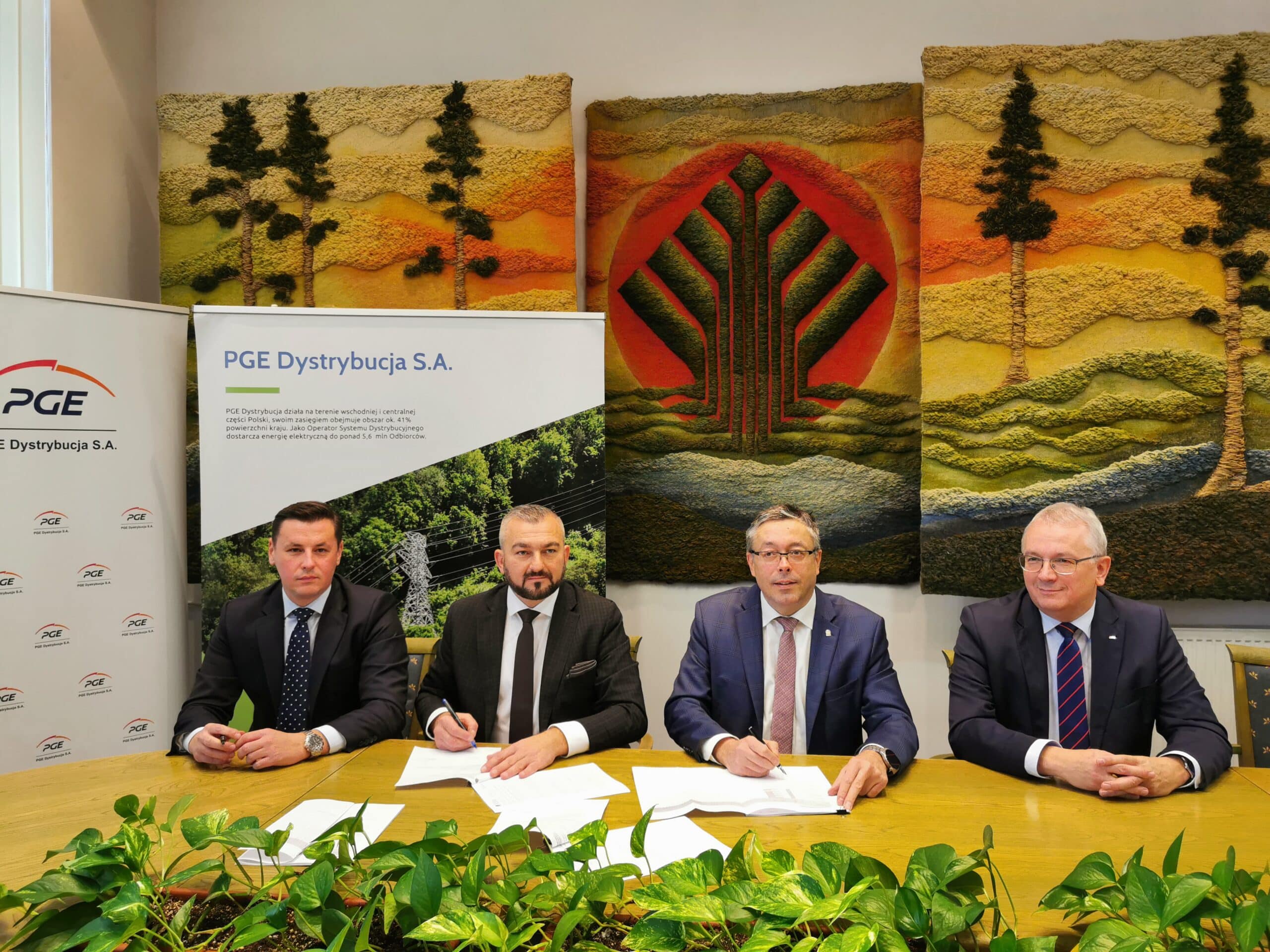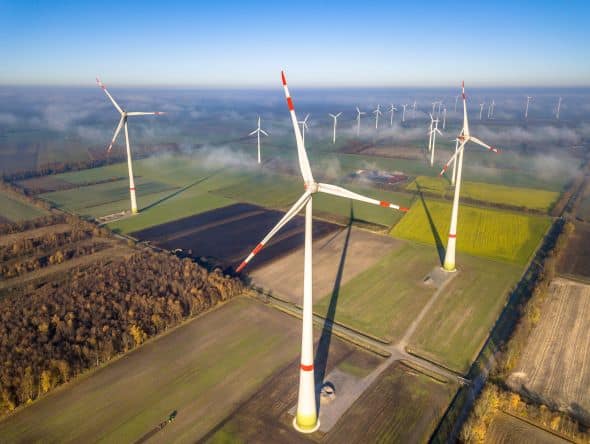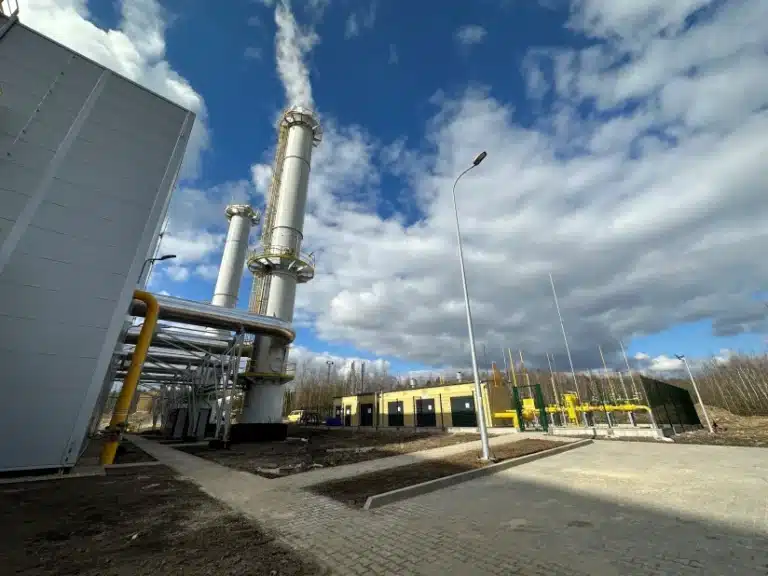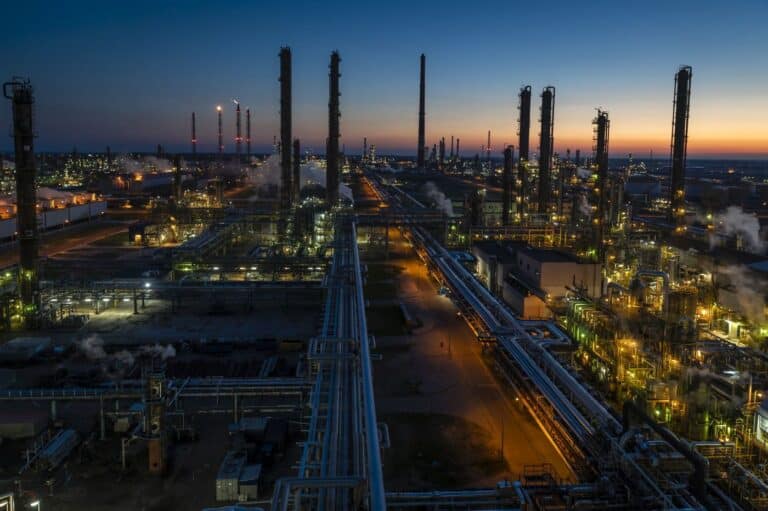PGE Dystrybucja power storage plants green lit
PGE’s energy storage facilities to be co-financed by the National Fund for Environmental Protection and Water Management.
PGE Dystrybucja – a PGE Group unit – has obtained PLN 43 million (EUR 10 million) funding from the National Fund for Environmental Protection and Water Management (NFOŚiGW) for construction of three energy storage facilities: Warta, Jeziorsko and Cisna. The project is designed to stabilize domestic grid operations, at a total cost of PLN 88.5 million.
Stable operation of the distribution network makes it possible to ensure safe electricity supplies to nearly 6 million customers of the largest Distribution System Operator (DSO) in the country, PGE Dystrybucja.
Three new energy storage facilities with a total power of 7 MW and capacity of 19 MWh will be built in areas particularly exposed to power outages and deterioration of grid quality parameters, i.e. in the Podkarpackie and Łódzkie provinces.
“Each of the three depots will ensure continuity of power supply for at least two hours in the event of a failure, giving time to rectify the fault and giving customers greater certainty and stability of energy supply,” says Wojciech Dąbrowski, President of the Management Board of PGE Polska Grupa Energetyczna. The storage facilities will also be used for grid balancing, which will positively affect the possibility of connecting new RES installations, he adds.
“We have started financing grid stabilization projects. Their aim is to improve the quality parameters of electricity in the distribution network by, inter alia, adjusting it to the requirements related to the development of RES,” says Artur Michalski, Deputy President of the NFOŚiGW.
“Thanks to today’s agreement, over PLN 43 million will go to PGE for the construction of three energy storage facilities. The storages will play a major role in areas where there are frequent failures or power cuts. They will ensure stable access to energy,” adds Michalski.
The construction of the substations in the indicated locations – in the Sanok and Sieradz power districts – was dictated by the need to ensure the safe supply of electricity to customers living in areas previously exposed to frequent power cuts and the deterioration of voltage parameters in the event of failures on the main power line.
Damage to existing infrastructure has been the result of atmospheric phenomena on power facilities. In the event of an outage in a given area, it will become possible to supply consumers with stored energy until power is restored on the distribution networks or until the minimum discharge of the storage, after which there will be an automatic restoration to the normal system (islanding). Standard operation of the energy storage will most of the time consist of a standby mode, in which the energy storage will be cyclically recharged in order to have a preset capacity and be ready to provide emergency power to the area in the event of a power failure on the distribution networks.
The interest in the energy storage market and in investing in such installations – both in Poland and globally is rising.
According to BloombergNEF calculations, a record was set in 2022 with 16 GW of capacity (35 GWh of capacity) coming on stream globally, an increase of 68% y/y, and several countries have announced ambitious energy storage targets totalling more than 130 GW by 2030. The market is forecast to grow at an average annual rate of 23% over the next few years, with a cumulative forecast of 508 GW (1,432 Gwh) by the end of the decade, including 114 GW in EMEA.
According to the Group Strategy, PGE plans to build at least 800 MW of new energy storage facilities by 2030.







